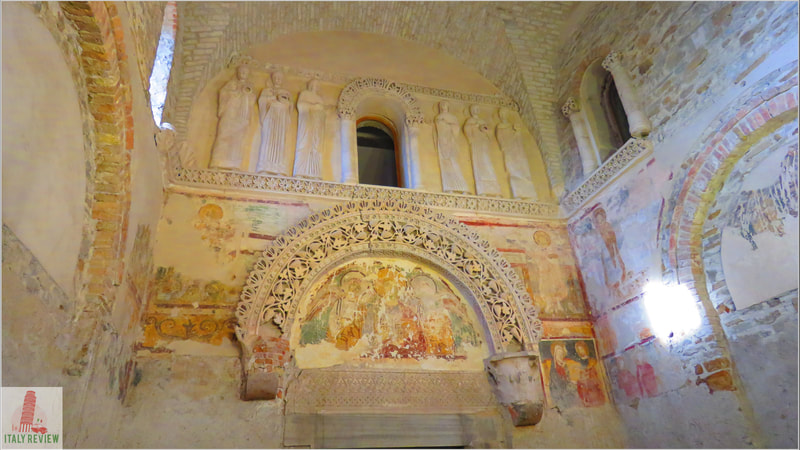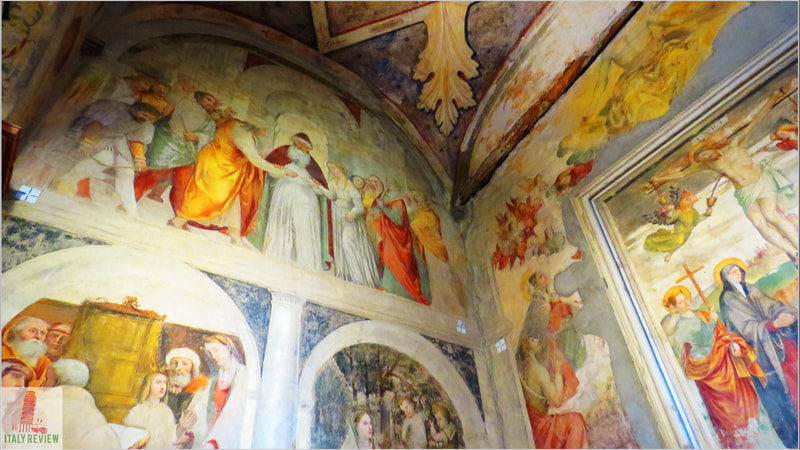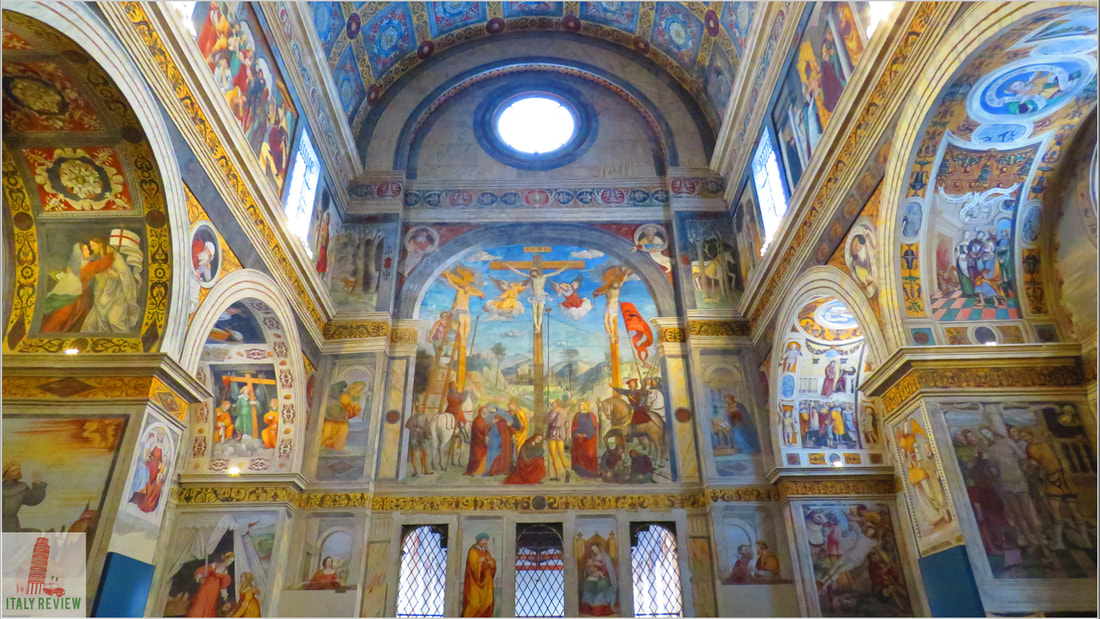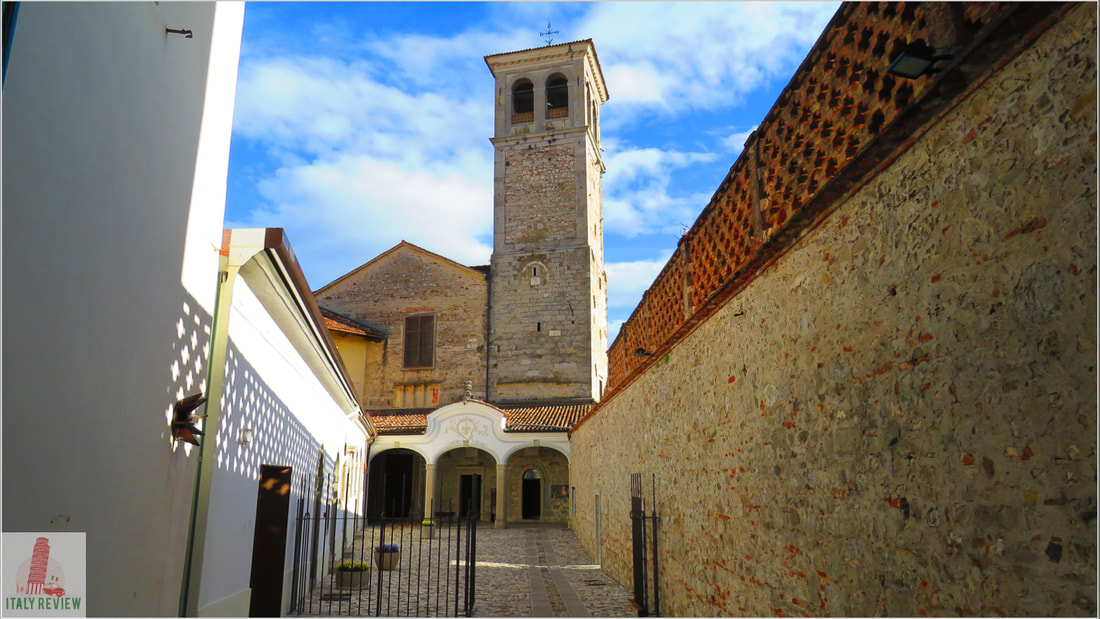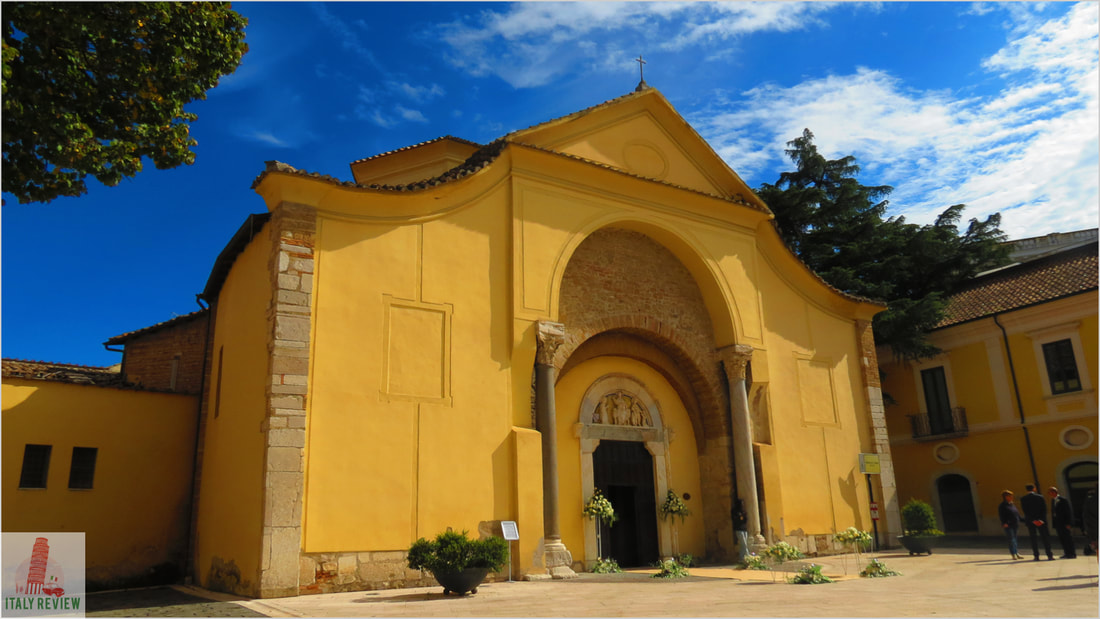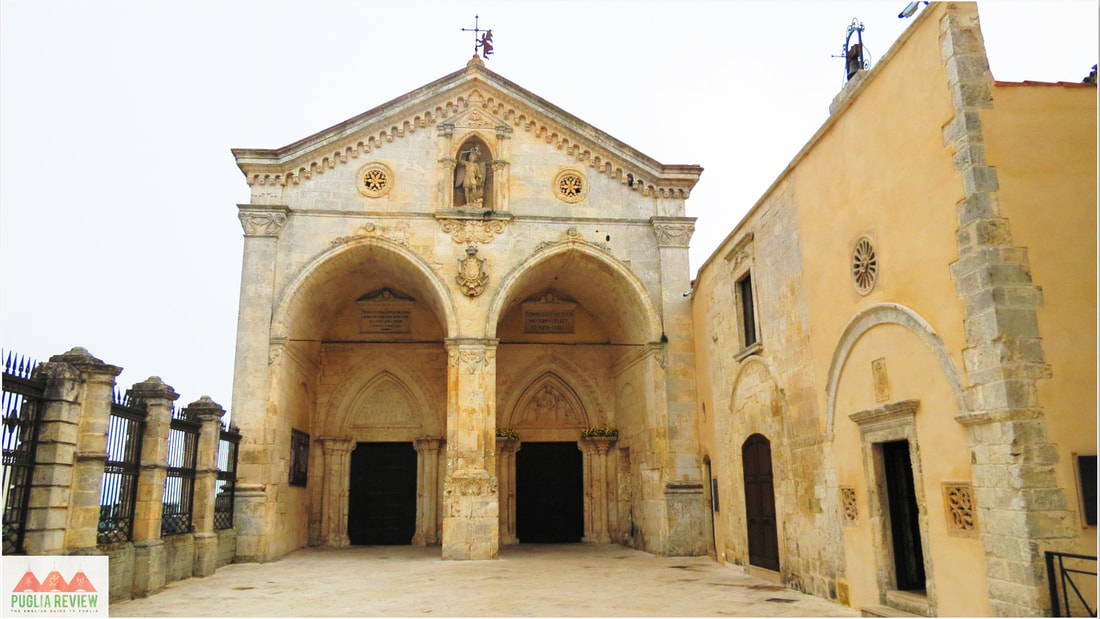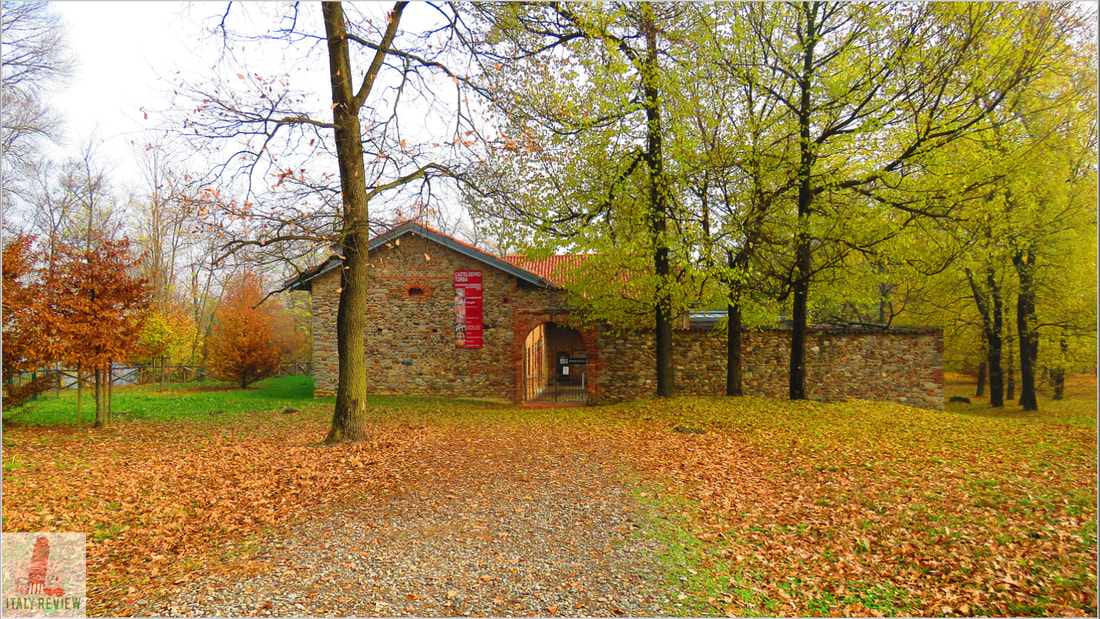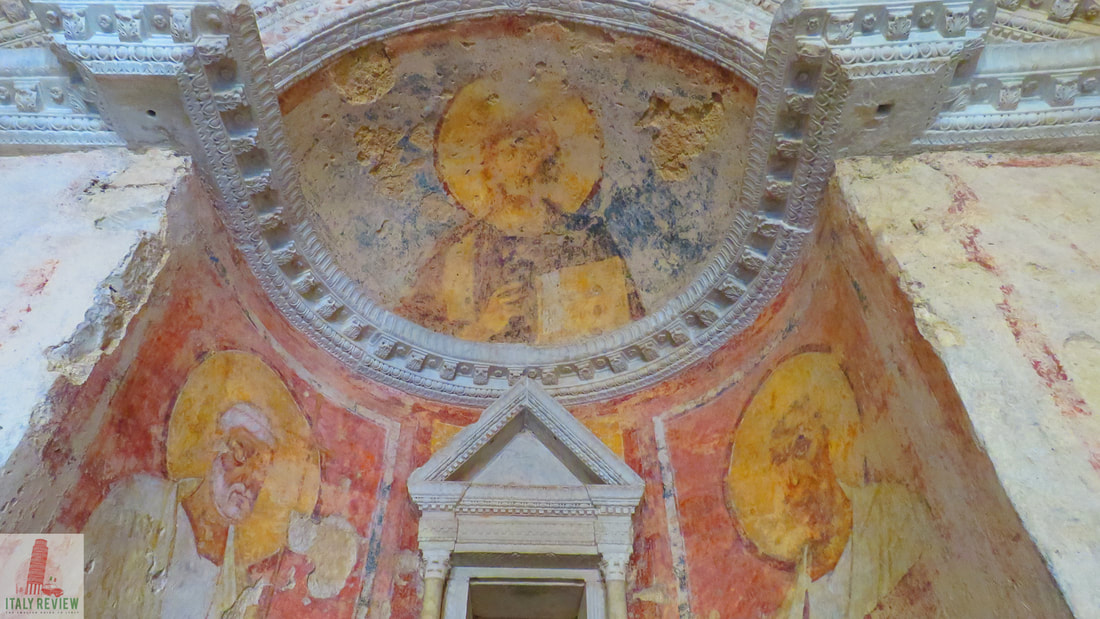Longobards in Italy: Places of the Power (568-774 AD)
|
By Dion Protani
|
Latest update: 9 January 2024
|
|
The Longobards in Italy: Places of the Power (568 - 774 AD) is a UNESCO World Heritage Site that consists of seven religious buildings of different types in five separate regions of Italy.
Two of the sites are in Lombardy (which takes its current name from the Longobards), two in Umbria and the other three spread between Puglia, Campania and Friuli Venezia Giulia. |
Related links
Profile
The Longobards in Italy: Places of the Power is a UNESCO World Heritage Site that comprises seven locations across Italy, which were significant centers of the Longobard (Lombard) civilization during the period from 568 to 774 AD. The site includes churches, fortresses, and other historical sites that bear witness to the cultural and political influence of the Longobards in Italy.
History
The Longobards were a Germanic tribe that migrated to Italy in the 6th century AD. After conquering parts of the Italian Peninsula, they established a powerful kingdom, which played a significant role in shaping the medieval history of Italy. The Longobards left a lasting impact on the region, not only through their military prowess but also through their artistic and architectural contributions.
The UNESCO World Heritage Site includes some of the most important centers of the Longobard civilization, highlighting their cultural, religious, and political achievements during their rule in Italy.
The UNESCO World Heritage Site includes some of the most important centers of the Longobard civilization, highlighting their cultural, religious, and political achievements during their rule in Italy.
Key features
- Historical and Archaeological Sites: The site includes seven locations, each featuring historical and archaeological remains such as churches, fortresses, and other structures from the Longobard era.
- Religious Heritage: Many of the included sites are churches that reflect the Longobards' religious practices and their unique architectural style.
- Cultural Significance: The site provides insights into the Longobards' culture, traditions, and contributions to the development of medieval Italy.
- Educational Experience: Guided tours and educational programs are available, offering in-depth information about the history and significance of each location.
- Photography Opportunities: The well-preserved ruins and ancient structures provide excellent photography opportunities.
- Historic Towns: Some of the locations are situated within charming historic towns, allowing visitors to explore local culture and traditions.
- Accessibility: The seven locations are spread across different regions of Italy, making it possible to combine visits to several sites during a trip.
- Local Cuisine: Visitors can enjoy traditional Italian cuisine in the nearby towns and cities, adding to the overall cultural experience.
Longobards in Italy: Places of the Power (568 - 774 AD)
|
Regions:
Lombardy, Friuli Venezia Giulia, Umbria, Campania, Puglia Number of sites: 7 Site types: religious buildings |
UNESCO World Heritage Site
Longobards in Italy: Places of the Power (568-774 A.D.) Year: 2011 |

